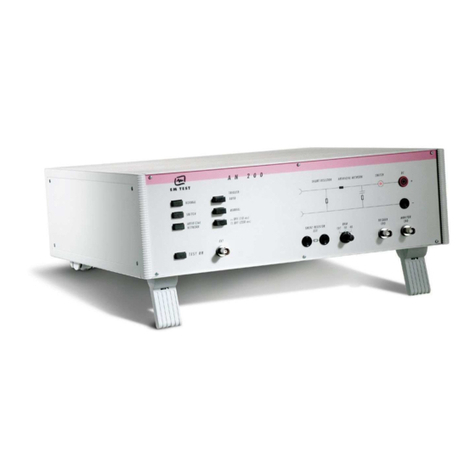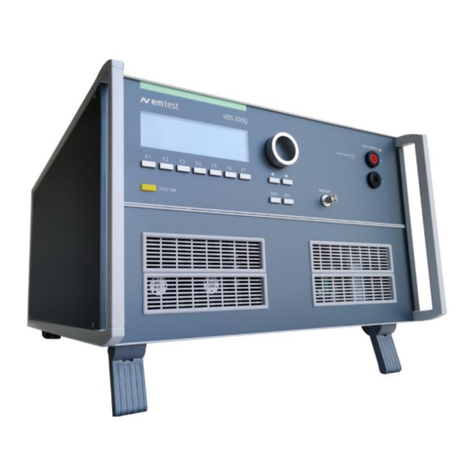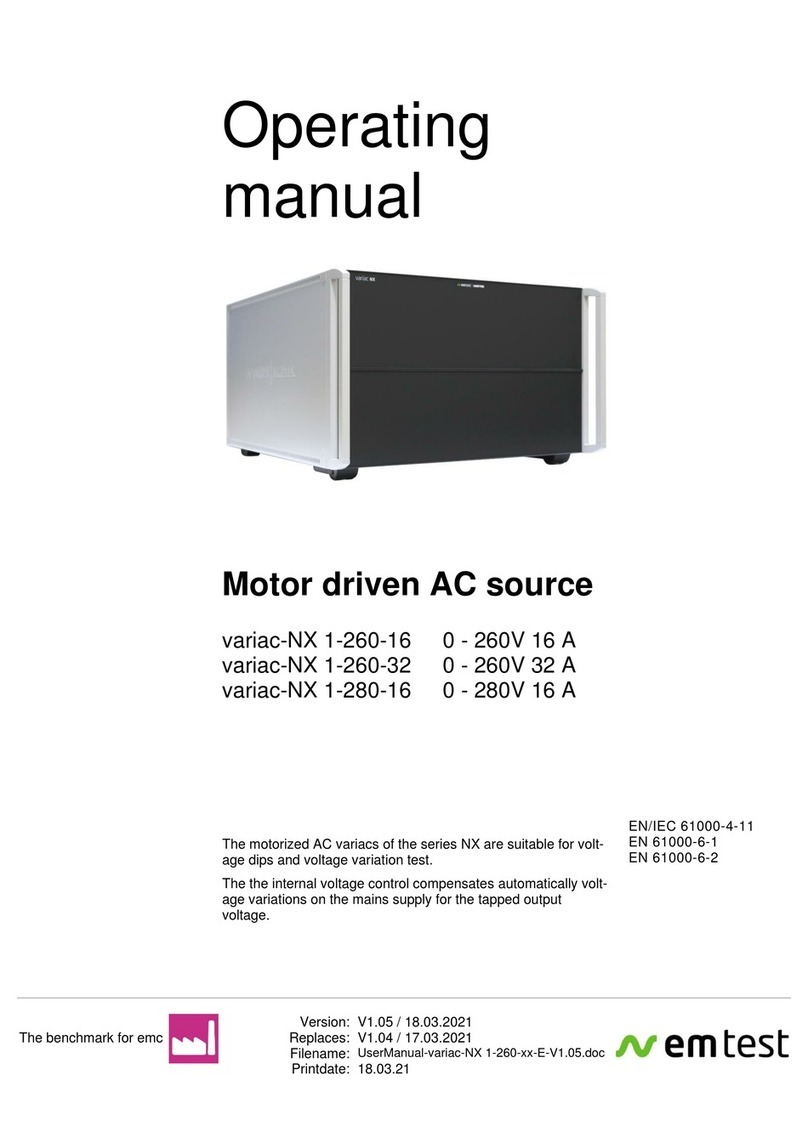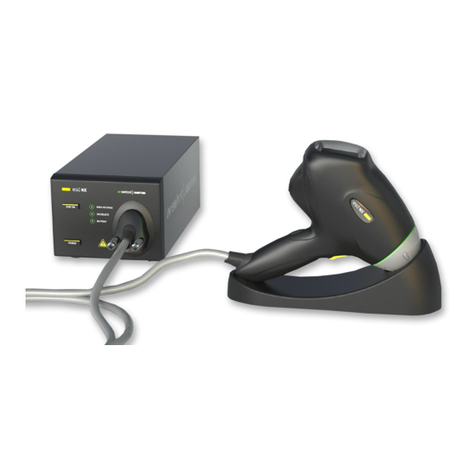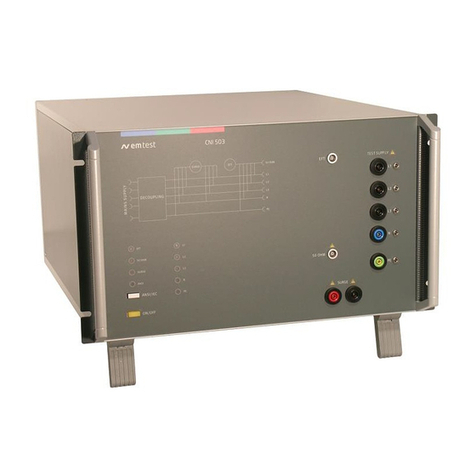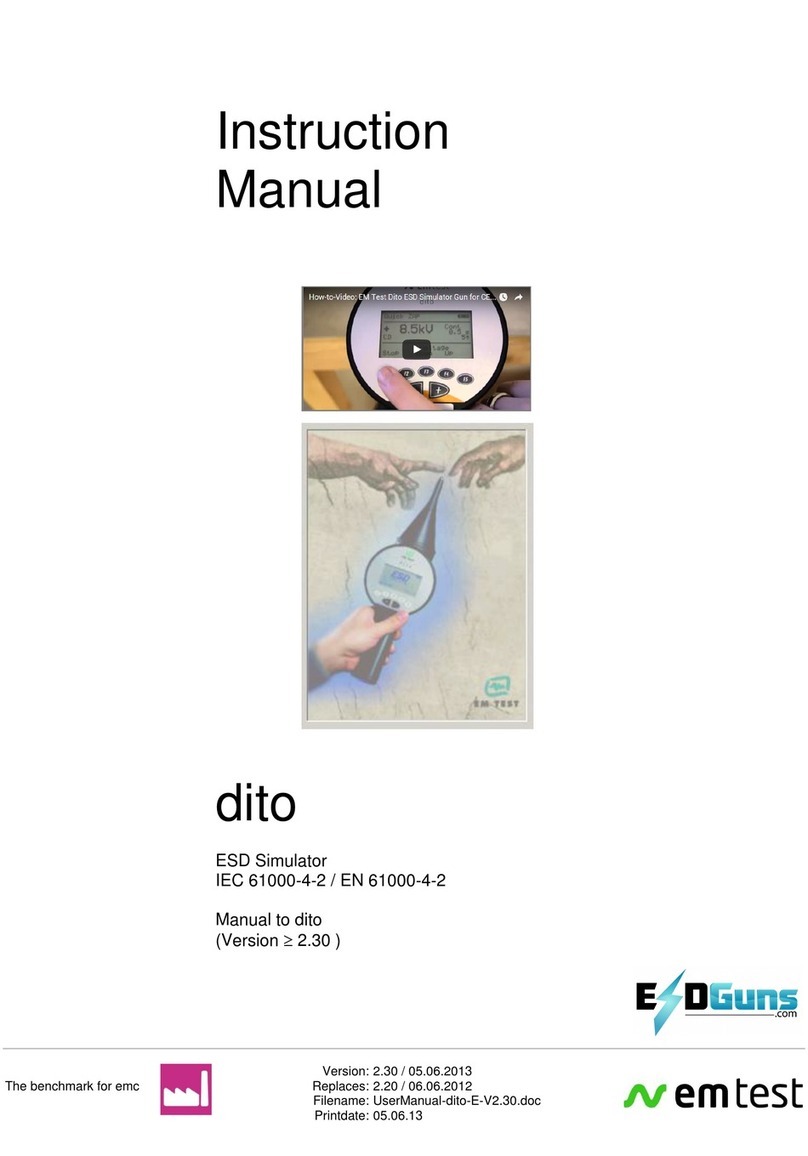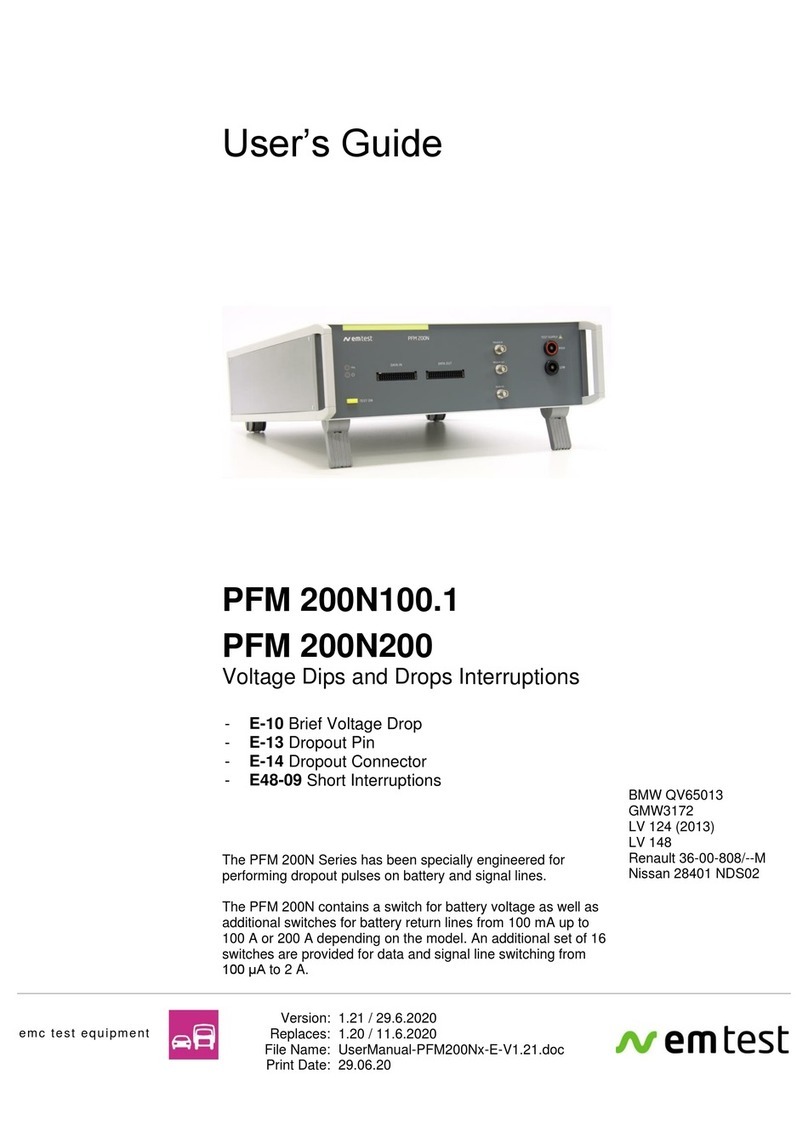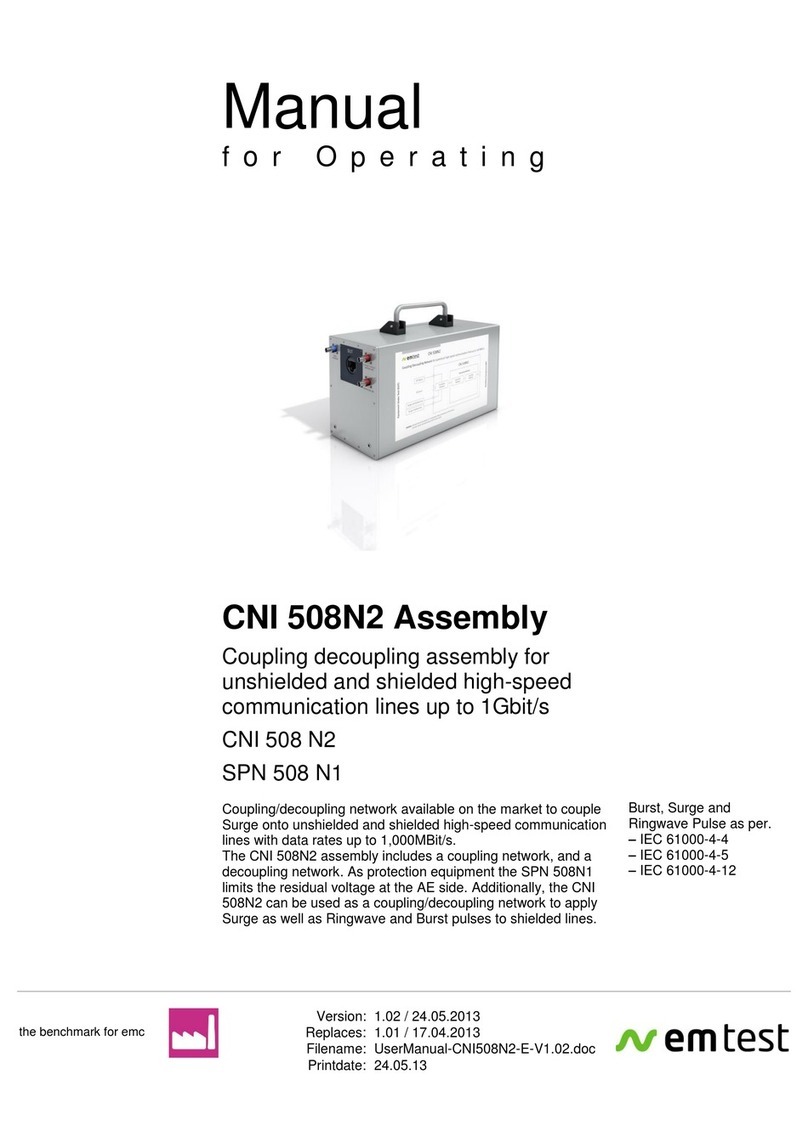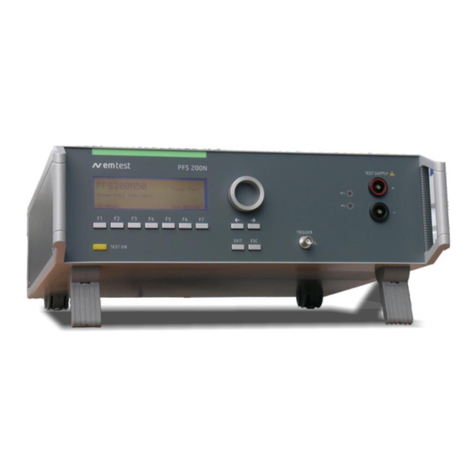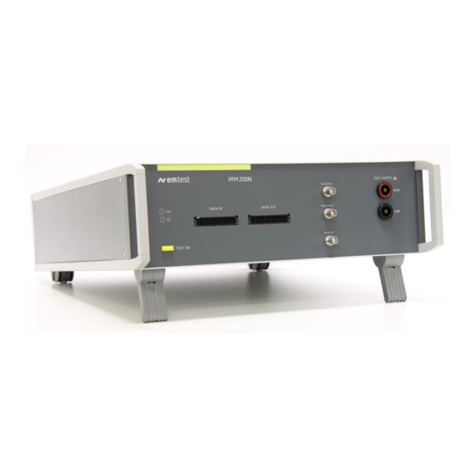
7.2. Control unit............................................................................... 38
7.3. Generator unit .......................................................................... 38
7.4. High frequency power unit ....................................................... 38
7.5. 6dB attenuator.......................................................................... 38
7.6. CDN Coupling/decoupling network .......................................... 39
7.7. Test set-up ............................................................................... 40
7.8. Test level and modulation ........................................................ 41
8. Technical Data............................................................................ 42
9. Maintenance ............................................................................... 45
9.1. General .................................................................................... 45
10. Delivery Groups ......................................................................... 45
10.1. Basic equipment ...................................................................... 45
10.2. Accessories and options .......................................................... 45
11. Remote Control .......................................................................... 46
11.1. Interfaces ................................................................................. 46
11.2. General information ................................................................. 47
11.3. Parameter of the remote commands ....................................... 48
11.4. C commands............................................................................ 49
11.5. N commands............................................................................ 50
11.6. K commands............................................................................ 50
11.7. A commands............................................................................ 51
11.8. Feedback messages................................................................ 51
12. ICD Software............................................................................... 52
12.1. Introduction .............................................................................. 52
12.2. Minimal PC requirements......................................................... 52
12.3. Installed Files on your Hard Drive............................................ 53
12.4. Installation / Remove ............................................................... 53
13. Appendix..................................................................................... 54
13.1. Schematic ................................................................................ 54
13.2. Declaration CE- Conformity ..................................................... 55
13.3. Declaration of safety requirements .......................................... 57
13.4. List of sales representatives .................................................... 58
14. Application.................................................................................. 60
14.1. Introduction .............................................................................. 60
14.2. Coupling network ..................................................................... 61
14.3. Calibration and testing ............................................................. 61
14.4. Test sequence as per EN 50082-2 .......................................... 62
14.5. EM Clamp connection in the test setup ................................... 62
14.6. Test Setup with BCI ................................................................. 63
14.7. Definitions ................................................................................ 64
14.8. Sources of interferences .......................................................... 65



















